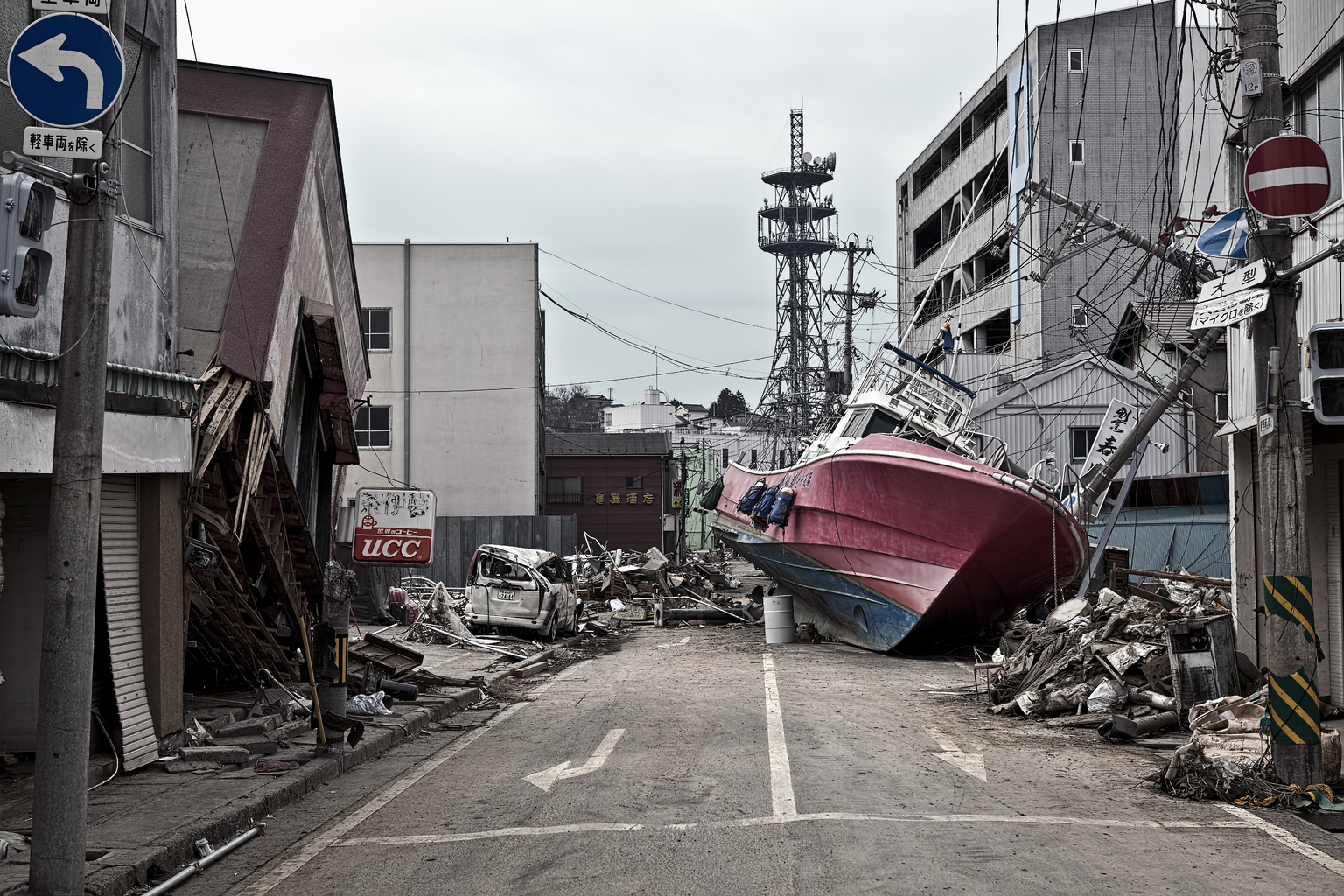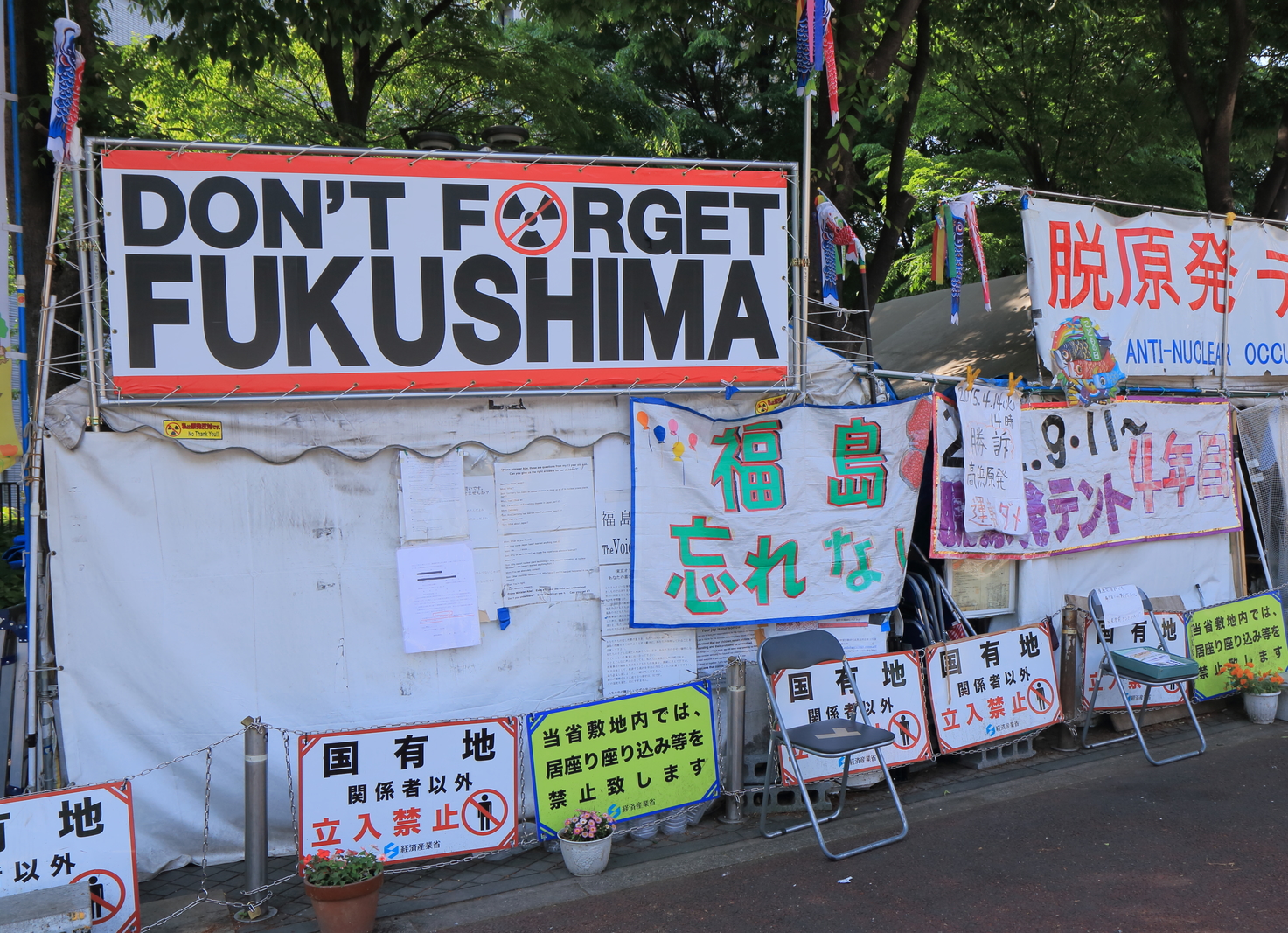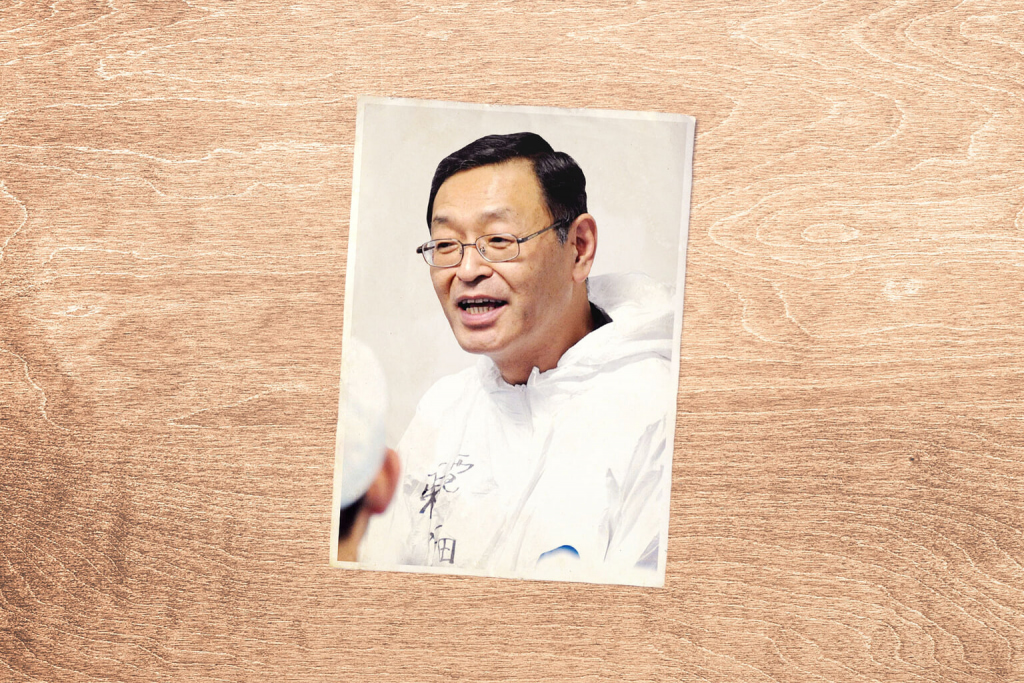It’s been 11 years since the Great East Japan Earthquake and Tsunami devastated the region of Tohoku. Almost 20,000 died in the disaster as the waves wreaked havoc in towns, reaching heights of up to 40.5 meters. The water also surged over defenses at the Fukushima Nuclear Power Plant, flooding the reactors. It catalyzed a triple nuclear meltdown and three hydrogen explosions.
With radiation leaking from the plant, more than 150,000 people were forced to evacuate their homes. It was a devastating ordeal for so many, yet had it not been for the bravery of employees inside the plant, the situation could have been much worse. The selfless men, dubbed the “Fukushima 50” by the press because they worked in groups of 50 (though the actual number ran into the 100s), risked their lives to continue carrying out their duties in horrific conditions.
The man who led them was Masao Yoshida. The general manager in the Nuclear Asset Management Department of Tokyo Electric Power Co. (Tepco), he was in charge of the perilous operation after the waves hit. Instructed from above to stop using seawater to cool the reactors, he disobeyed the orders. It was a decision that helped avoid a much bigger catastrophe.

The tsunami wreaked devastation in Tohoku | Copyright (c) 2017 Fly_and_Dive/Shutterstock
Background
Yoshida was born in Osaka on February 17, 1955. At school, he showed an interest in photography and kendo before joining the rowing club at college. According to childhood friend Masanori Baba, when he was in class, if a teacher didn’t elucidate something in a satisfactory manner, he “would push for an explanation that satisfied him.”
After studying nuclear engineering at Tokyo Institute of Technology, Yoshida turned down a job offer from the Ministry of International Trade and Industry to join Tepco. He eventually worked his way up the company and in 2007 was put in charge of the Nuclear Asset Management department. One of his major roles was to study and assess the risk of a major tsunami.
The following year, Yoshida asked analysts to calculate the maximum height of a hypothetical tsunami based on a quake similar in size to the 8.5 magnitude Sanriku earthquake in 1896 which occurred off the coast of Iwate Prefecture. An assessment by a Tepco subsidiary showed that a tsunami with a run-up height of 15.7 meters, 10 meters higher than the existing seawall, could hit the Fukushima No.1 Nuclear Power Plant.
The company, though, decided against taking further countermeasures as such a huge tsunami was deemed unlikely. When a tsunami similar in size hit the facility three years later, Yoshida, as head of nuclear facilities, was one of them men blamed for the inaction and was heavily criticized by the media.

Nuclear issues haven’t been resolved in Fukushima | Copyright (c) 2015 TK Kurikawa/Shutterstock.
Averting an Even Bigger Crisis
The tsunami first hit the facility at around 3:27pm on March 11, 2011. A larger wave, believed to have been close to 15 meters high, then breached the seawall a few minutes later. The water flooded the plant’s back-up generators, disabling the cooling equipment.
The following day, Yoshida ordered his workers to start injecting seawater into Reactor No.1 to keep it from overheating. Twenty-one minutes later, he was ordered by Tepco executives to suspend the operation. Officials were concerned that the seawater would render the reactors commercially useless.
Disobeying a command from above wasn’t the done thing in corporate Japan, yet that’s exactly what Yoshida did. A stubborn individual not afraid to ruffle a few feathers, he knew they needed to keep pumping in water to stop the plant from going out of control. According to nuclear physicist Dr. Michio Kaku, this act of defiance helped to save the northern region of the country.
“It was a meltdown, a 100 percent core melt,” Kaku told CNN. “And what prevented the reactor from simply going out of control and exploding was the fact that they dumped seawater into the cores, stopping the accident. This is not in any textbook. No textbook says last-ditch measure, dump seawater to stop three simultaneous meltdowns.
“(Without the seawater) you would have had Chernobyl. Three simultaneous Chernobyls. Raging cores with maybe 25 percent of them vaporized, turning into dust particles. And basically, wiping out Northern Japan as an area that can be inhabited.”
“Prepared to Die Together”
It wasn’t just about making tough decisions, though. Yoshida also had to lead a team forced to work under appalling conditions. Assigned to stabilize the reactors, they had to battle myriad problems during their rotating 12-hour shifts. Exposed to the considerable risk of radiation poisoning, over 20 had been injured by March 18.
Working in dark and damp conditions, the pressure was immense. They simply couldn’t afford to make mistakes. On top of that, food was scarce as it was hard to get supplies to them. They were given crackers and vegetable juice in the mornings and instant rice in the evenings. Many had to sleep in hallways.
How would they have coped without the guidance of Yoshida? That is a question Ryusho Kadota, author of On the Brink: The Story of Fukushima Daiichi, asked workers. “Without Yoshida, we would have been lost,” was one of the responses. “With Yoshida as plant manager, we were prepared to die together,” was another.
Yoshida’s Death and Legacy
A heavy smoker, Yoshida was diagnosed with esophageal cancer following a health check on November 14, 2011. He subsequently retired as plant manager and underwent surgery. Due to the rapidity of its onset, his illness was determined not to be related to the nuclear accident. Yoshida died on July 9, 2013 aged 59. He was survived by his wife and three sons.
Less than a year after his death, left-leaning newspaper, the Asahi Shimbun got hold of “The Yoshida Testimony,” a 400-page transcript of interviews with the former plant manager. The article claimed around 650 workers disobeyed Yoshida’s orders and fled to another nuclear facility 12 kilometers away on March 15. The phrasing of the article lacked accuracy, however, leading to an apology and resignation from Asahi’s publisher Tadakazu Kimura.
In 2020, Ken Watanabe starred as Yoshida in Setsuro Wakamatsu’s film Fukushima 50. Based on Kadota’s book, the movie showed the deep respect the workers had for Yoshida. It was a fitting tribute to a man who did everything he could to avert a catastrophe that would have destroyed much of Japan.









